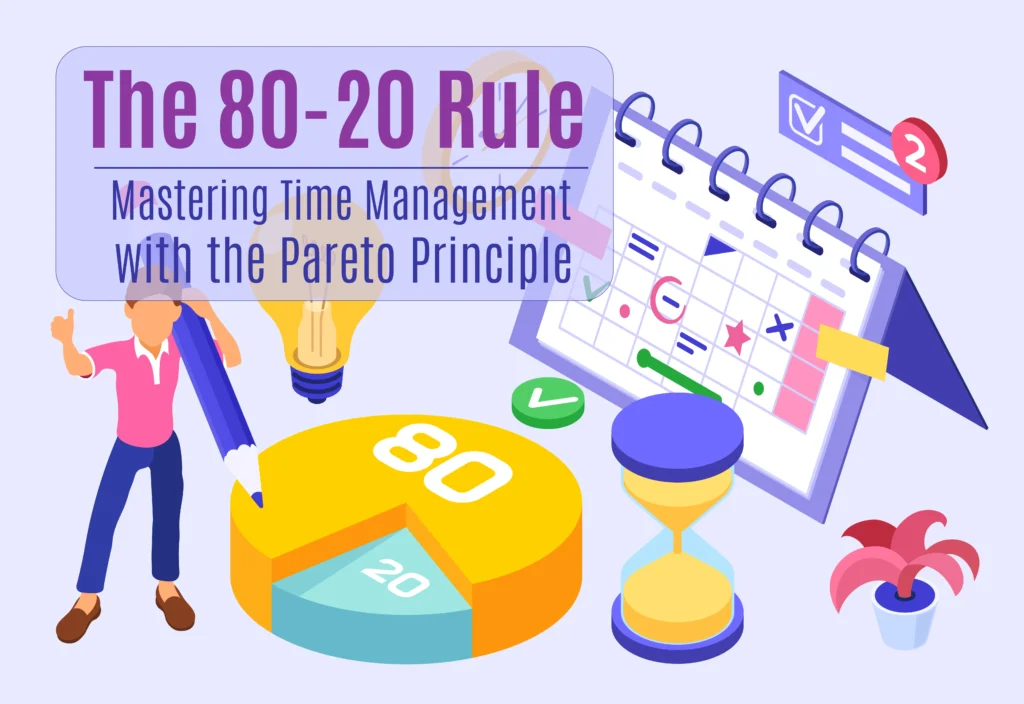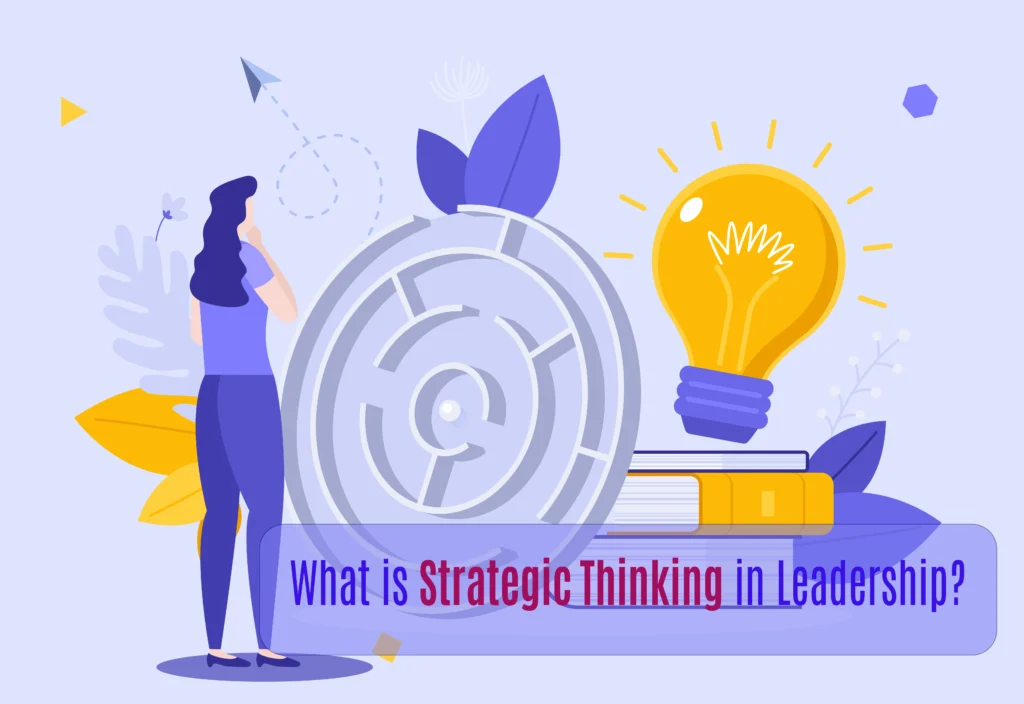How to Manage Conflicts in the Workplace
Workplace conflicts are inevitable in any organization, regardless of size or industry. Whether it’s disagreements over work processes, differences in communication styles, or competition for resources, conflicts can arise for a variety of reasons. If not managed properly, conflicts can lead to decreased productivity, poor morale, and even employee turnover. However, when handled effectively, conflicts can lead to positive changes, stronger team dynamics, and innovative solutions.
This guide will explore the common causes of workplace conflict, early signs to look out for, and practical strategies for managing and resolving conflicts. By following these best practices, managers can foster a healthy, collaborative work environment where conflicts are addressed constructively, turning potential challenges into opportunities for growth.

Understanding the Root Causes of Workplace Conflict
Conflicts in the workplace rarely occur without underlying causes. In most cases, they stem from a breakdown in communication, differences in work styles, or competition for limited resources. Understanding the root causes of these conflicts is essential for preventing and managing them effectively.
Communication Breakdowns
One of the most common causes of workplace conflict is poor communication. When team members fail to communicate clearly or misunderstand each other, tensions can arise. Misinterpretations of tone, unclear expectations, and a lack of transparency can all contribute to misunderstandings that escalate into conflicts.
For example, an employee might assume that a colleague’s short email is dismissive, when in reality, the colleague was simply pressed for time. Similarly, unclear instructions or feedback from a manager can lead to confusion and frustration among team members. These communication breakdowns, if not addressed, can quickly lead to friction within the team.
Differences in Work Styles and Perspectives
Another common source of conflict is the natural diversity of work styles and perspectives. People have different ways of approaching tasks, managing their time, and interacting with others. While diversity can be a strength, it can also lead to misunderstandings if team members do not recognize or appreciate each other’s approaches.
For instance, a highly detail-oriented employee might feel frustrated working with a colleague who takes a more big-picture, fast-paced approach. Likewise, someone who prefers to collaborate closely with others may struggle to work with a more independent team member. These differences can create tension if not managed with an understanding of each individual’s strengths.
Competing Interests and Resources
In any workplace, resources such as time, budget, and personnel are often limited. When multiple teams or individuals are competing for these scarce resources, conflicts can easily arise. For example, two departments may both need additional funding for critical projects, leading to a disagreement over resource allocation.
Similarly, competing priorities can cause conflict between teams or employees. One department may have an urgent deadline, while another needs the same resources for a different project. Without clear communication and collaboration, these competing interests can escalate into conflicts that hinder productivity.
Unclear Roles and Responsibilities
Confusion over roles and responsibilities is another frequent cause of workplace conflict. When employees are unsure of what is expected of them or when their responsibilities overlap with others, it can lead to frustration and power struggles. This ambiguity often results in team members either stepping on each other’s toes or failing to take ownership of tasks, both of which can disrupt the team’s efficiency.
For instance, if two employees are assigned to lead a project but the division of responsibilities isn’t clear, they may find themselves duplicating efforts or arguing over decision-making authority. Without clarity, even the most collaborative teams can fall into conflict.
Identifying Early Signs of Conflict
Addressing conflict early is critical to preventing it from escalating into larger issues that can damage team morale and productivity. As a manager, it’s important to recognize the warning signs of conflict before it becomes a serious problem.
Behavioral Changes and Tension
One of the first signs of conflict in the workplace is a noticeable change in behavior among team members. Employees who were once engaged and communicative may become withdrawn, avoid certain colleagues, or display signs of frustration. Increased tension in team meetings or informal interactions, such as passive-aggressive comments or body language, can also signal that there are unresolved issues within the team.
Pay attention to these behavioral changes and address them early. Ignoring these signs can allow conflicts to grow, making them harder to resolve down the line.
Declining Team Collaboration and Productivity
A drop in collaboration and productivity is another red flag that conflict may be brewing. When team members are in conflict, they may be less willing to collaborate, share ideas, or help each other out. This can result in missed deadlines, lower-quality work, and a general sense of disengagement.
If you notice that your team’s productivity has declined or that employees are avoiding collaboration, it’s important to investigate the underlying causes. Often, these issues can be traced back to unresolved conflicts that are affecting team dynamics.
Increased Absenteeism or Turnover
Conflicts that go unresolved can lead to more serious consequences, such as increased absenteeism or turnover. Employees who feel stressed, frustrated, or unsupported in a conflict situation may start calling in sick more frequently or looking for opportunities elsewhere. High turnover not only disrupts team cohesion but also leads to higher recruitment and training costs for the organization.
If absenteeism or turnover is on the rise, it’s crucial to explore whether unresolved conflicts are contributing to the problem. Addressing conflicts head-on can help retain valuable employees and maintain a positive work environment.
Strategies for Managing Workplace Conflicts
Successfully managing conflict in the workplace requires proactive leadership, empathy, and a focus on open communication. Below are some practical strategies that managers can use to address and resolve conflicts effectively.
Fostering Open Communication
One of the most important ways to prevent and manage workplace conflicts is by fostering a culture of open communication. When employees feel comfortable sharing their concerns and ideas, conflicts are less likely to escalate. As a manager, it’s important to create a safe environment where team members can express themselves without fear of retribution.
Encourage regular team meetings where everyone has the opportunity to speak openly about their concerns. Additionally, hold one-on-one meetings with employees to check in on their well-being and listen to any issues they may be facing. By promoting transparency and honest dialogue, you can address potential conflicts before they escalate.
Active Listening and Empathy
Active listening is a key skill for managing conflicts. When conflicts arise, it’s essential to listen carefully to all parties involved, ensuring that each person feels heard and understood. Avoid interrupting or rushing to provide solutions; instead, focus on understanding the root cause of the conflict from each person’s perspective.
In addition to listening, demonstrate empathy. Acknowledge the emotions and frustrations of each party, and show that you are committed to finding a resolution that addresses their concerns. Empathy helps build trust and encourages employees to work together toward a solution rather than entrenching themselves in their positions.
For example, if two employees are in conflict over workloads, listen to their concerns, acknowledge the challenges they’re facing, and work together to find a fair solution. This approach not only resolves the immediate conflict but also strengthens relationships and trust within the team.
Mediating Conflicts Objectively
As a manager, there will be times when you need to step in as a mediator to help resolve conflicts between team members. The key to successful mediation is maintaining objectivity—your role is to facilitate a constructive dialogue, not to take sides.
When mediating, encourage both parties to express their views calmly and respectfully. Ensure that the conversation remains focused on finding a solution rather than assigning blame. Guide the discussion toward common goals and help both parties identify areas where they can compromise or collaborate.
By serving as a neutral facilitator, you can help employees reach a resolution that benefits both parties and strengthens the team as a whole.
Clarifying Expectations and Setting Boundaries
One effective way to prevent conflicts from arising in the first place is by clarifying expectations and setting clear boundaries for team members. As discussed earlier, confusion over roles and responsibilities is a common source of conflict. By clearly defining each team member’s role and ensuring that everyone understands their responsibilities, you can reduce the likelihood of misunderstandings.
In addition, set clear boundaries around how team members should communicate and collaborate with one another. Establish guidelines for respectful communication, decision-making processes, and conflict resolution. When everyone understands what is expected of them, there is less room for conflict to arise.
≫ Related Post: How to Build a High-Performing Team
Conflict Resolution Techniques
Once a conflict has been identified, managers can use several techniques to resolve the issue in a constructive and collaborative manner.
Collaborative Problem-Solving
One of the most effective conflict resolution techniques is collaborative problem-solving. This approach involves bringing both parties together to work on finding a mutually beneficial solution. Rather than focusing on who is right or wrong, the goal is to identify common interests and find a solution that satisfies both sides.
During a collaborative problem-solving session, encourage open communication and active listening. Help both parties define the problem, identify their desired outcomes, and brainstorm potential solutions. By working together, team members can often find creative solutions that address the root cause of the conflict and improve team dynamics.
Compromise and Negotiation
In some cases, resolving a conflict requires compromise. When both parties are unwilling to fully give up their positions, negotiation may be the best option. The key to successful compromise is ensuring that both parties feel like they have gained something from the resolution.
As a manager, facilitate the negotiation process by helping each party understand the other’s needs and concerns. Encourage flexibility and emphasize the importance of finding a middle ground. Compromise doesn’t mean one side has to lose—it means both sides work together to reach a solution they can accept.
The “Win-Win” Approach to Conflict
The “win-win” approach is a conflict resolution strategy that focuses on finding solutions where both parties benefit. Rather than seeking a solution that favors one side, the goal is to create an outcome that meets the needs of both parties. This approach fosters collaboration and encourages team members to work together toward a shared goal.
To implement the win-win approach, start by identifying the core interests of both parties. Then, explore creative solutions that address those interests while benefiting the overall team. By focusing on shared goals, you can resolve conflicts in a way that strengthens relationships and enhances team performance.
When to Escalate: Handling Serious or Ongoing Conflicts
While most conflicts can be resolved through open communication and problem-solving, there are times when more serious or ongoing conflicts require escalation. If a conflict is deeply rooted, has escalated to a point where it is affecting team performance, or involves inappropriate behavior, it may be necessary to involve HR or higher management.
When escalating a conflict, provide a detailed account of the issue, including the steps you’ve already taken to resolve it. Be prepared to work with HR or senior leadership to develop a plan for resolving the conflict and preventing future issues.
Maintaining a Positive Work Culture Post-Conflict
Rebuilding Trust and Relationships
Once a conflict has been resolved, it’s important to focus on rebuilding trust and strengthening relationships within the team. Conflicts, even when resolved constructively, can leave lingering tension if not addressed properly.
Encourage team members to have follow-up conversations where they can reflect on what they’ve learned and how they can improve their working relationship moving forward. As a manager, continue to foster open communication and provide opportunities for team members to collaborate and rebuild trust.
Encouraging Continuous Feedback
One of the best ways to prevent future conflicts is by fostering a culture of continuous feedback. Regular, constructive feedback helps address issues before they escalate into conflicts. Encourage team members to provide feedback to one another and to you, ensuring that concerns are addressed promptly and openly.
By promoting a feedback-rich environment, you can identify potential issues early and create a culture where conflicts are seen as opportunities for growth rather than obstacles.
Promoting Teamwork and Collaboration
Finally, reinforcing teamwork and xcollaboration post-conflict is essential for maintaining a positive work culture. Engage the team in collaborative projects, team-building activities, or brainstorming sessions to strengthen bonds and encourage a sense of unity.
As a manager, model the behaviors you want to see in your team by promoting collaboration, celebrating team successes, and encouraging a spirit of mutual support. By reinforcing teamwork, you can help your team move past conflicts and continue working together toward shared goals.
Conclusion: Conflict as a Catalyst for Growth
Workplace conflicts are a natural part of any organization, but they don’t have to be detrimental. When managed effectively, conflicts can lead to improved communication, stronger relationships, and innovative solutions. By understanding the root causes of conflict, addressing issues early, and using collaborative conflict resolution techniques, managers can create a healthy, productive work environment.
Remember, conflict doesn’t have to be a negative force—it can be a catalyst for growth. By fostering open communication, empathy, and a commitment to teamwork, managers can turn conflicts into opportunities for learning and improvement, ultimately leading to a more cohesive and high-performing team.
















